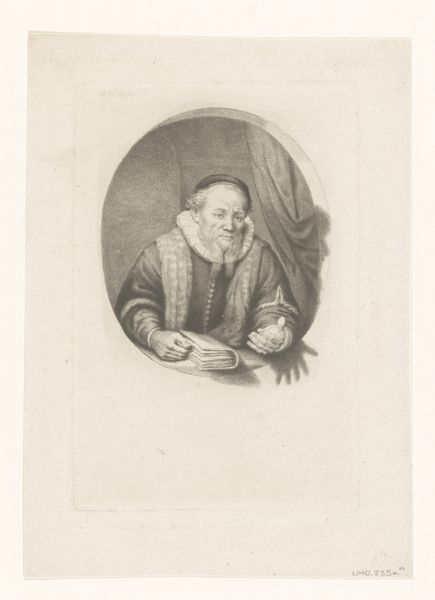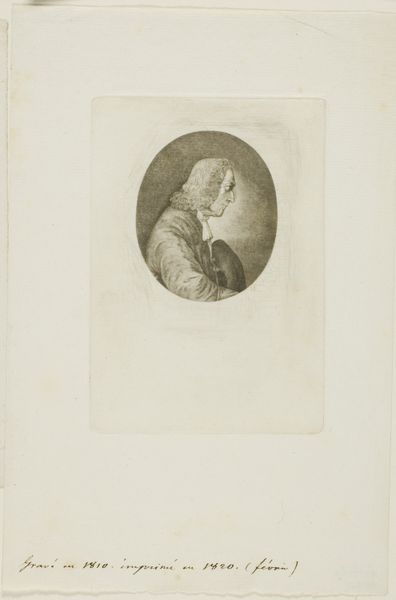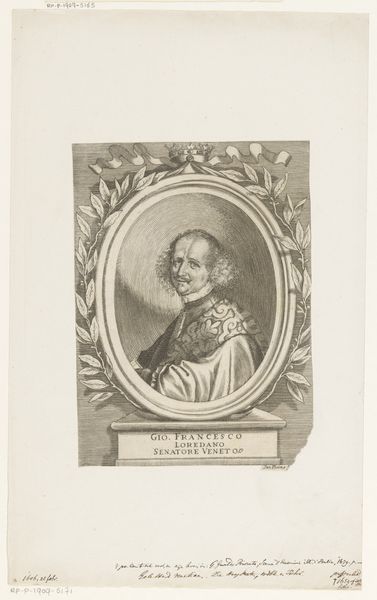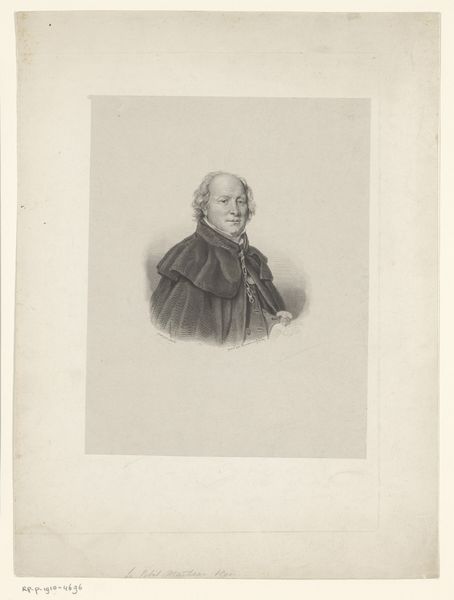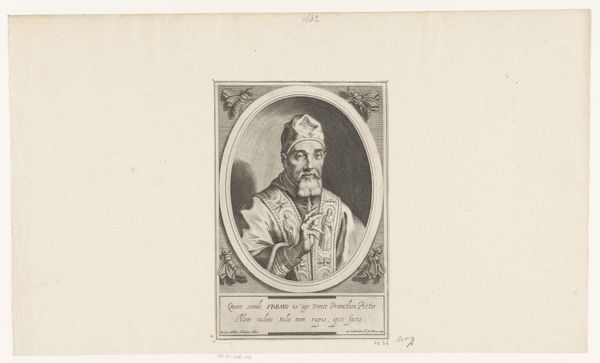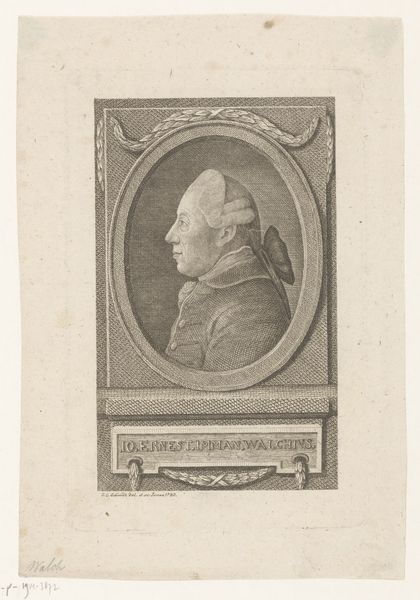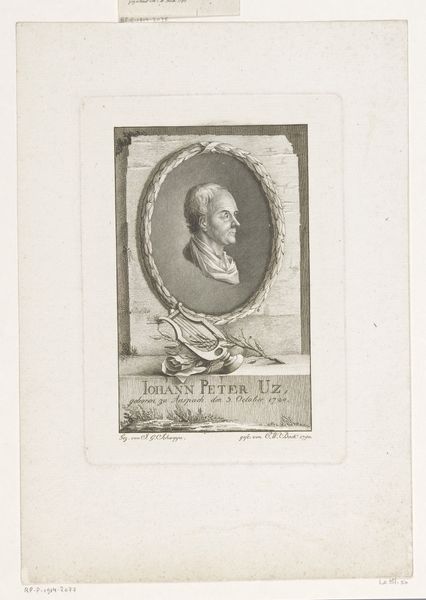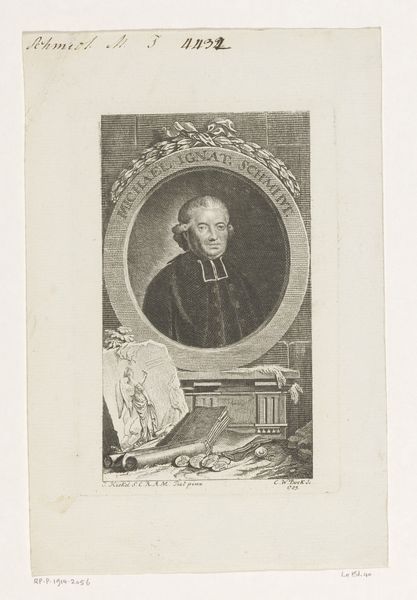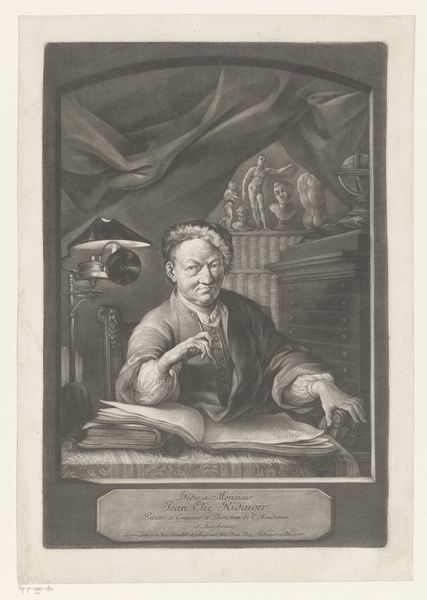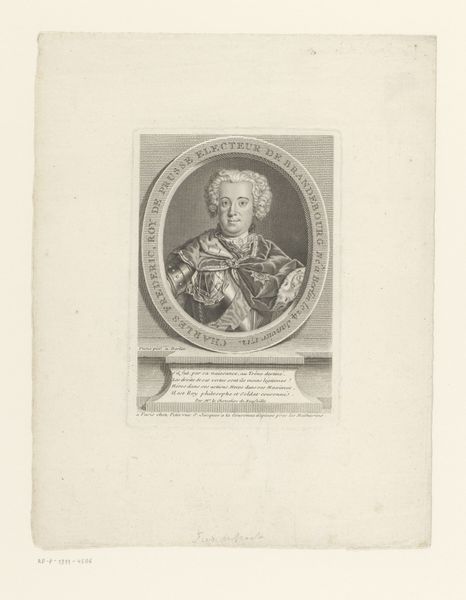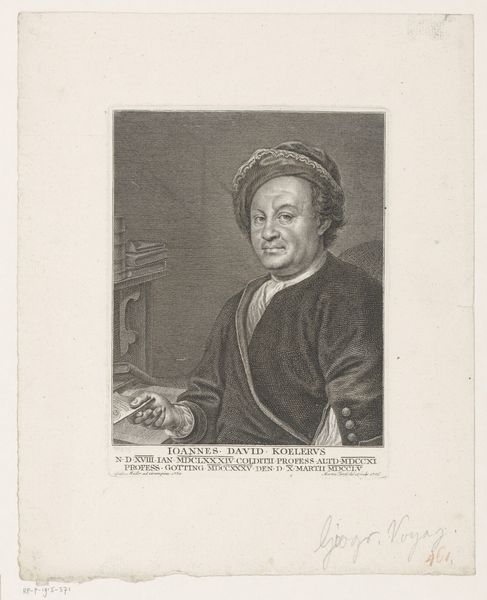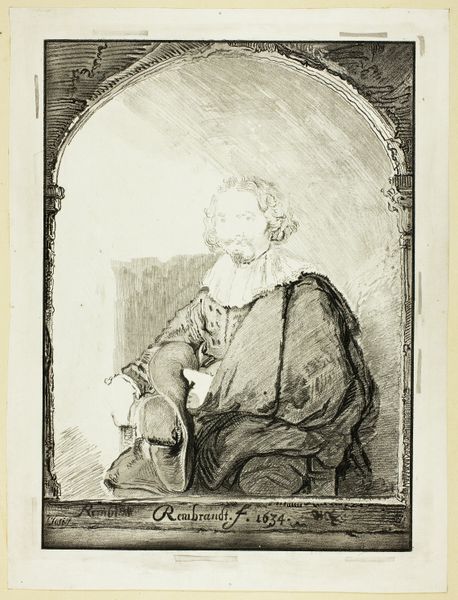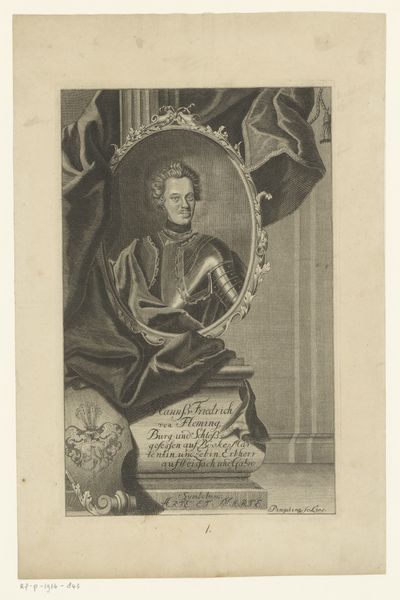
engraving
#
portrait
#
baroque
#
line
#
history-painting
#
engraving
Dimensions: height 125 mm, width 95 mm
Copyright: Rijks Museum: Open Domain
Curator: Look at this engraving from sometime between 1712 and 1786, "De heilige Sereno" by Giovanni Marco Pitteri. A compelling example of Baroque portraiture. Editor: It's rather striking. The lines are so clean and definite, which gives the figure an almost tangible presence, even in this grayscale print. What strikes me is the interplay between the severe linear elements and soft shading; it lends the subject a peculiar gravity. Curator: Precisely! Pitteri was a master engraver, highly sought after. Consider the historical context: engraving was both a meticulous craft and a key medium for disseminating images and ideas during that period. The reproduction allowed wider consumption. The lines you describe were etched into a metal plate, think of the labour involved, the tools required, the prints themselves. Editor: Yes, there's no denying the intense process. The artist’s choice of line weight and hatching defines the saint's features, emphasizes the folds in his robes, and creates a believable, rounded form from a flat surface. Observe how Pitteri uses line and value to create an optical depth and illuminate the saint’s inner virtues. It adds symbolic layers beyond just portraiture. Curator: Symbolism is key. Pitteri probably worked on commissions, fulfilling the needs of the church for mass circulation of saint imagery, fostering devotion among the laity, and reminding them of the Church's teachings. Editor: Aided, no doubt, by the emotional engagement of the composition! I think it shows us how devotional art wasn’t simply an empty display, it conveyed a feeling of pious serenity. Curator: Absolutely, thinking of this artwork in the broader framework of 18th-century engraving, and understanding the cultural conditions under which Pitteri and his workshop created and distributed the artworks enriches our appreciation. Editor: Indeed! When looking at the composition with line and shadow, what strikes me most now is not just the devotional message of the subject, but the technique's power to translate a flat surface into something profound.
Comments
No comments
Be the first to comment and join the conversation on the ultimate creative platform.
